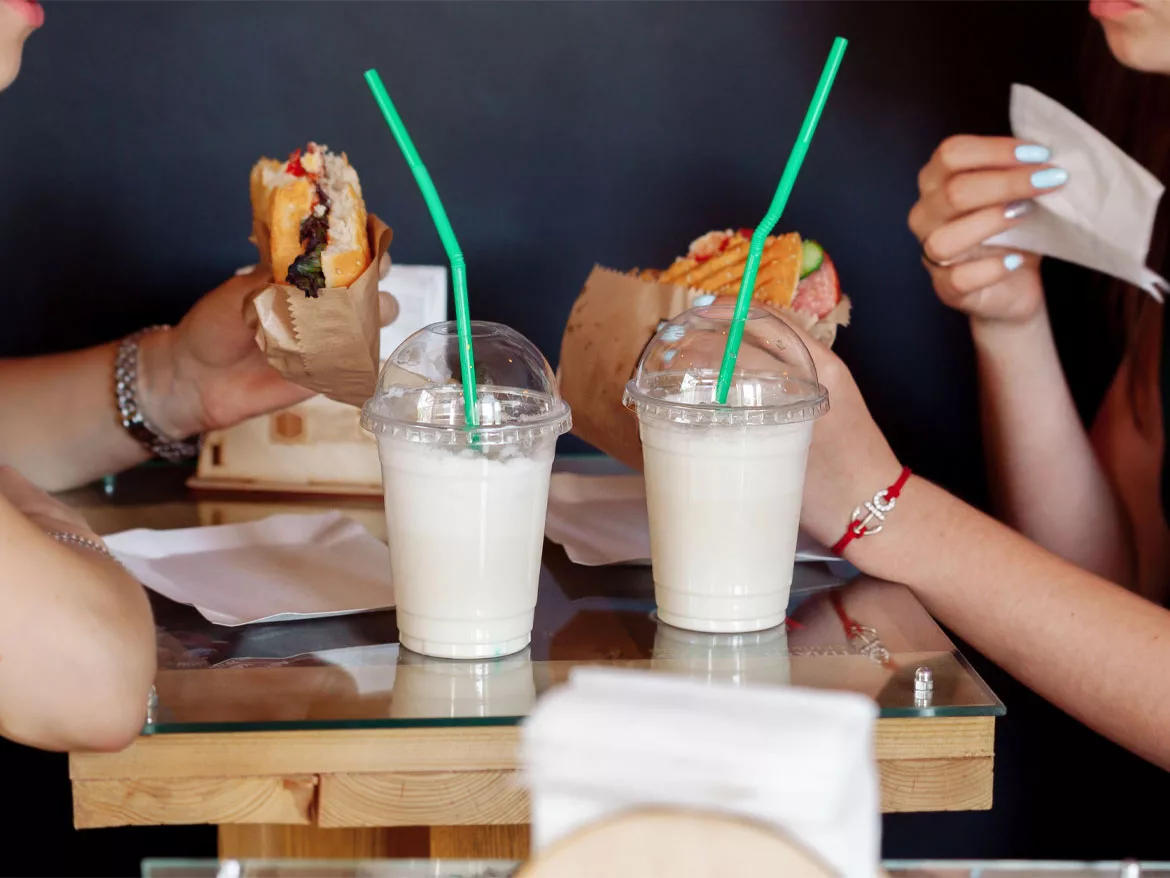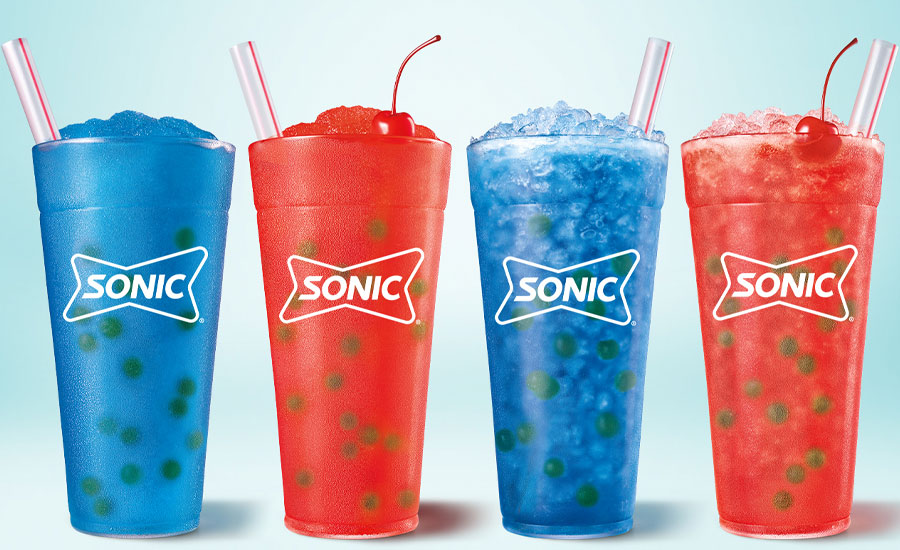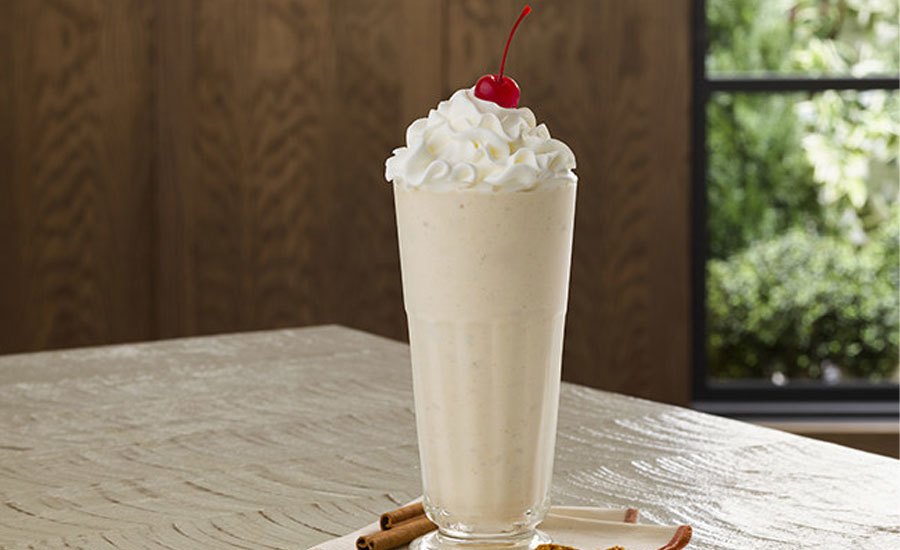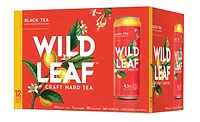Channel Strategies
Total foodservice industry down 25% in 2020
Beverage offerings to play key role in foodservice recovery

In the 1970s era TV series “The Six Million Dollar Man,” the infamous narration alerts audiences that astronaut Steve Austin is barely alive following a failed test flight. In that opening, the narrator states: “We can rebuild him. We have the technology. We have the capability to build the world’s first bionic man.” Emerging from a pandemic that shackled the foodservice industry, the channel also is in a rebuilding state. With its technology and capabilities, experts suggest that the foodservice market is entering a time period that will award innovations and differentiation.
What of course instigated this predictive evolution was the COVID-19 pandemic, which caused many operators in the foodservice industry to shut down or pivot to off-premise methods in order to remain operational.
“The pandemic had a dramatic impact on the foodservice market ― especially in the second quarter last year,” says Gary Hemphill, managing director of research for New York-based Beverage Marketing Corporation (BMC). “Large swaths of foodservice were effectively shut down. Many restaurants went out of business. The more creative ones devised ways to survive by maximizing their carryout business and developing other strategies.”

Image courtesy of SONIC
David Henkes, senior principal and head of strategic partnerships at Chicago-based Technomic, notes that the total foodservice industry was down 25.3% in 2020. Total restaurants and bars, the largest share of the channel, recorded declines of 18.5%. Although all U.S. foodservice segments took a hit in 2020, some were more challenged than others. For instance, the travel and leisure segment was down 60.2% in 2020, while the noncommercial market was down 34.5%.
Henkes adds that the market research firm, which was founded in 1966, had never recorded declines of this magnitude in its history.
“It’s going to take probably a good number of years to recover if not the dollars but certainly the underlying volume,” Henkes says. “Despite all the good news we’ve been seeing recently, it’s not going to suddenly spring back in a year or so. It was a huge impact, long lasting and it’s going to reverberate for a lot of years throughout the industry.”
Smoother road than most
Yet, not all foodservice markets experienced dramatic declines in 2020. A sub-segment of restaurants and bars, the limited-service restaurant market was down only 6.2% for 2020, Technomic data shows. Within that market, quick-service restaurants (QSR)/fast food registered a 5.5% decline while fast casual was down 8.9%.
Emma Allmann, junior research analyst at Chicago-based Mintel, also highlights the ability of QSR establishments to weather the challenges from the pandemic.
“QSRs have been the best set up to handle the concerns consumers had in the past year about value, which during the pandemic was wrapped up in safety concerns,” she says. “According to Mintel’s 2021 Foodservice Trend Trust or Bust, 64% of consumers indicate that exposure to, and spreading of, the virus worries them the most, and according to ‘Quick Service Restaurants – US, March 2021,’ 53% of U.S. consumers used a drive-thru in the three months prior because it was a safe option during the pandemic. When safety concerns were conflated with value concerns, the operators who already had delivery, pickup, mobile ordering, and drive-thrus as a part of their business model and infrastructure were able to perform in a way with which full service and casual dining could not compete.”
Foodservice operators that were able to pivot to off-premise benefited with sales, Technomic’s Henkes adds.

Image courtesy of Chick-fil-A Inc
“When you talk about who did well, any limited service restaurant generally speaking did OK,” he says. “Larger chains did a lot better than independents. If you look at our Top 500 restaurants overall, if the entire restaurant industry was down 18.5% to restaurants and bars but chains are down only about 8%. Quick service fast casual held up better [and] the larger casual chains that were able to do delivery or had a strong curbside program.”
Within fast food, chicken and pizza purveyors actually posted growth in 2020, Henkes notes. He further emphasizes that the ones that experienced significant dine-in restrictions and couldn’t pivot to off-premise solutions were the outlets that struggled the most in 2020.
“You see a real large dichotomy between those were able to hold up, in some case pivot and grow their business last year or just decline slightly, versus those that were significantly impacted and weren’t really able to get a lot of off-premise business going,” Henkes says. “The story of 2020 and the survival of 2020 really becomes how well did you pivot and succeed in driving off-premise sales, and that really speaks to who the winners and who the losers were last year.”
The beverage factor
In a challenging year for foodservice, performance within beverage showed an even harder road.
“Beverage sales in foodservice dropped precipitously in 2020, and have begun to show signs of life this year,” BMC’s Hemphill says. “Performance in foodservice is linked to the overall performance of the foodservice channel. Most foodservice orders include a beverages ― especially when consumed on-premise.”
Technomic’s Henkes notes that beverages underperformed in 2020 when compared with the overall foodservice market, posting roughly 29% declines.
“A couple of reasons for that; obviously during the pandemic there was a huge shift toward what we call off-premise, so what we call take-out, delivery, curbside pickup, drive-thru,” he says. “In all of those instances, beverage attachment rates or penetration or the likelihood of consumers to order beverage are much less, so this pivot was in a lot of ways what allowed restaurants to remain open or remain health to whatever extent during the pandemic was driven by this pivot to off-premise, so beverage suffered as a result of that.”
Among the segments that were hurt the most in terms of beverage sales were hotels, vending and office coffee service, Henkes explains. Meanwhile QSR, which still posted beverage sales declines of 11%, fared better than most.
Although beverage performance within foodservice was impaired in 2020, experts highlight that they will play a key role in rebuilding the channel.
“In comparison to what happened where beverages declined at a greater rate because of this pivot to off-premise, beverages are actually going to grow faster than the industry in the next couple of years,” Henkes says. “Part of that is the natural return as consumers come back to dining rooms, as they start to eat in school cafeterias and college cafeterias and they return to businesses and vending cranks up again [along with] office coffee. Our forecast going forward would indicate that beverage is going to have a sustained run [and] above average growth relative to the industry.”
Because consumers have been inhibited from traditional foodservice, short-term performance reflects a more robust time, Henkes notes. However, to keep momentum moving forward, beverage offerings could play a vital role.
“I think everyone is just glad to be back in restaurants and that pent-up demand is real so people are swarming back to restaurants and foodservice because many people haven’t been to one in 15 months,” he says. “Over the longer term as the euphoria wears off a little bit, beverages will really need to stand on their own as a unique complement to the rest of the occasion and create some opportunities for driving guest satisfaction.”
Henkes notes that various QSR operators have engaged with limited-time offerings but says outside-the-box thinking might be necessary as foodservice continues to rebuild.
“Beverage will play a central role in the recovery, and I think it’s incumbent upon restaurants and foodservice operators to rethink and do something different with their beverage program and not just return to the status quo, but again give the consumers reason to come back to their stores,” he says. “Beverage by itself probably doesn’t drive people in for a lot of occasions, but again it can drive satisfaction and it can create that differentiation in the mind of the consumer.”
Mintel’s Allmann highlights that trends within packaged beverage are taking shape within foodservice beverage offerings.
“Fruity and tart flavors are seeing growth on menus with flavors like black cherry soda, tamarind, and mango seeing particular growth between Q3 2017-Q3 2020,” she says. “This aligns with fruity flavor growth in CPG wherein the number of carbonated soft drink flavor introductions of the flavors blueberry and wild cherry both grew from 2018-2019 by 193% according to Mintel GNPD.
“With bold flavors, just a hint is what consumers want, according to ‘Trending Flavors and Ingredients in Non-alcoholic Beverages – US April 2021,’ 37% of consumers prefer beverages that are lightly flavored,” Allmann continues. “Consumers want beverages to have a slant of health and wellness that brands can deliver with in beverages with more gentle, more natural flavors.”
In line with this health-and-wellness slant, Allmann points to the opportunities for various beverage categories in the foodservice channel.
“Beverage categories that are seeing growth, like flavored water that rose in menu mentions by 16% from Q3 2017-Q3 2020, are often those that can act as a tasty and healthy replacement for soda,” she says. “According to ‘Still and Sparkling Waters – US February 2020,’ 71% of consumers indicate that flavored water is a good alternative to soda, and, according to ‘Food and Drink Nutrition Claims: Incl Impact of Covid-19 – US December 2020,’ 55% of consumers indicate they currently use or would like to use food and drink that claim to benefit their energy. While indulgence is still important to consumers, a functional claim that focuses on health and energy, especially via a particular ingredient, will hold great appeal.”
Although beverage sales were challenged within foodservice the past year, it looks as though they will play the role of the great differentiator during this recovery phase.
Looking for a reprint of this article?
From high-res PDFs to custom plaques, order your copy today!





